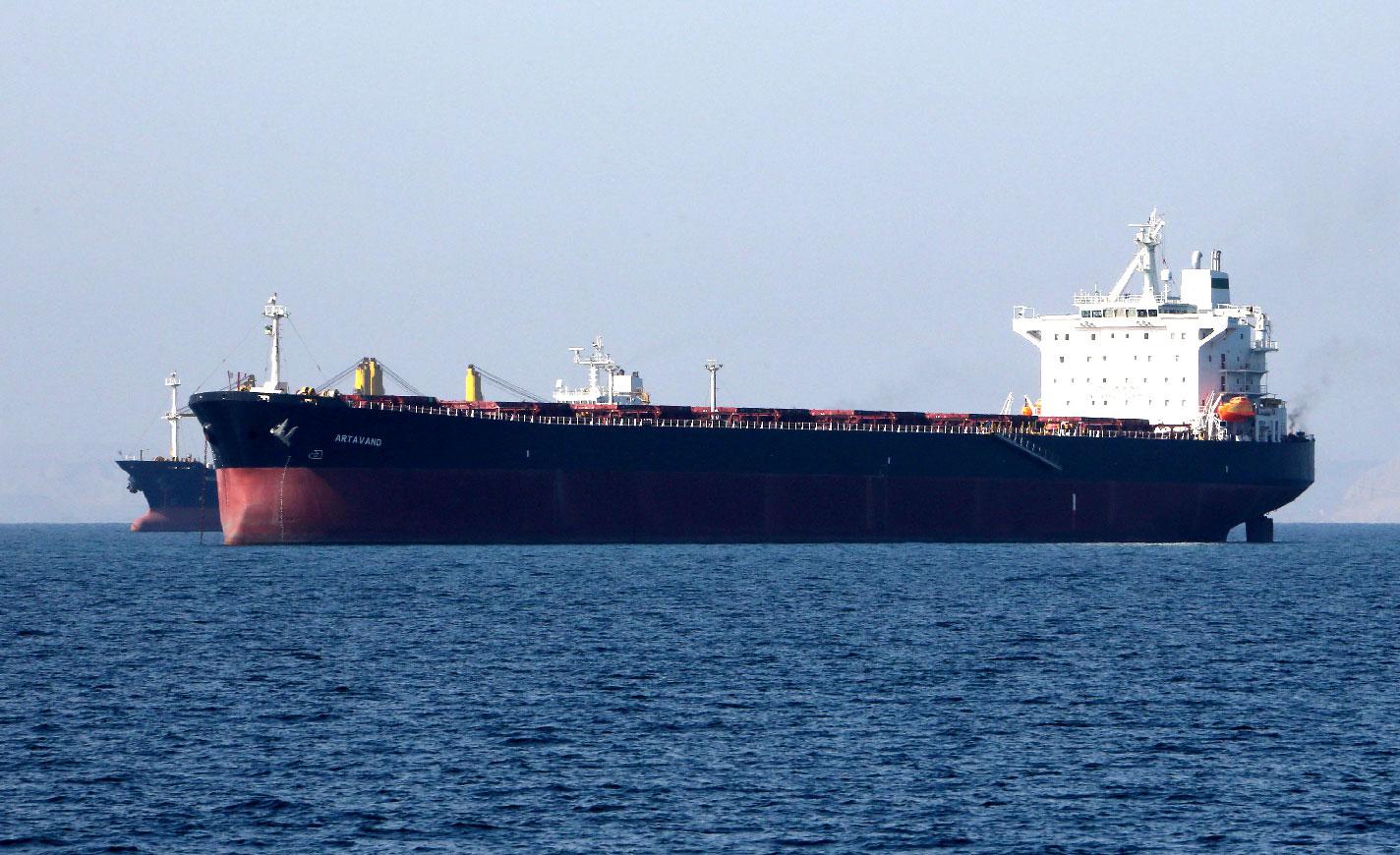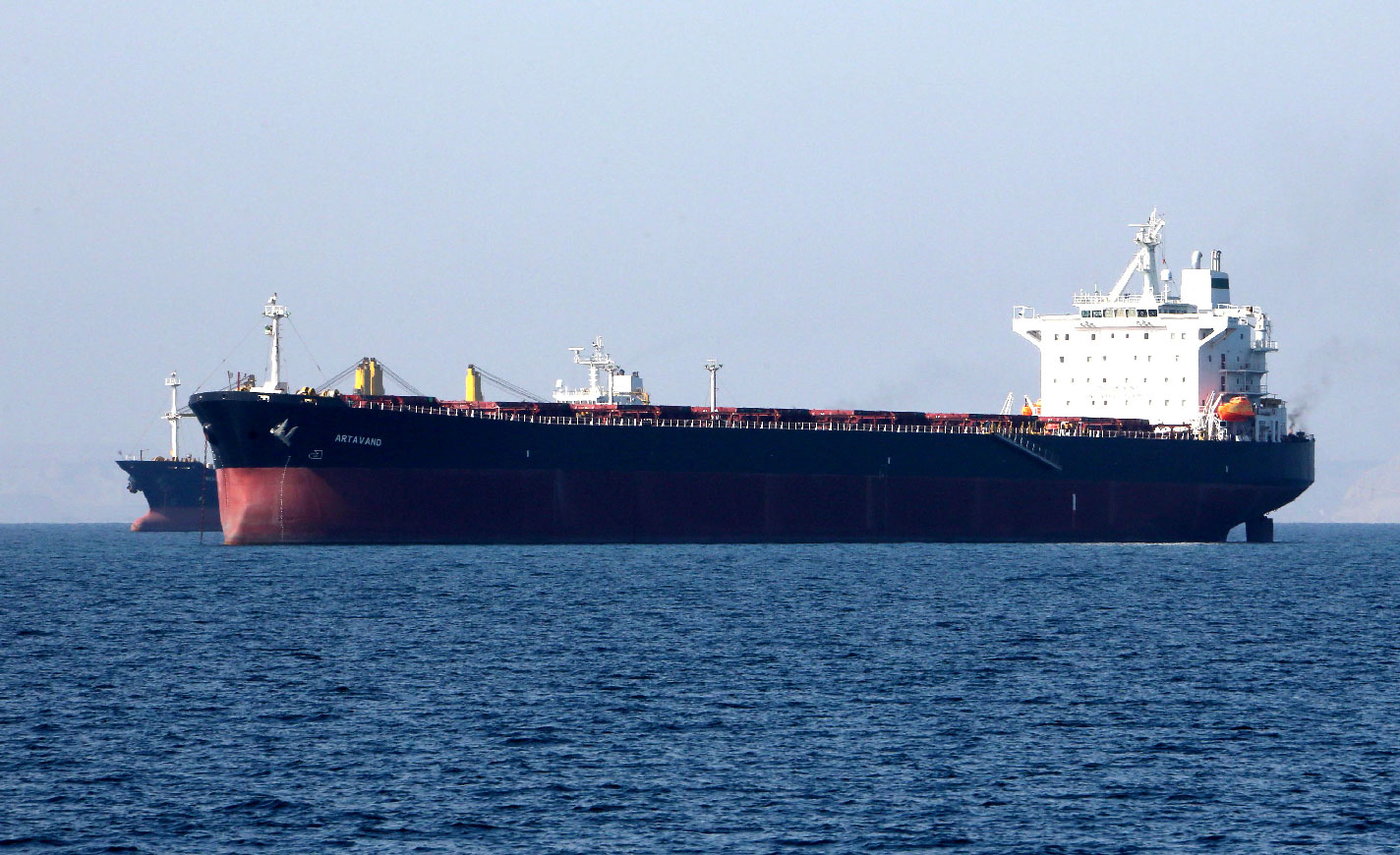Iran's oil exports to slide in May, but not to zero
LONDON - Iranian oil exports will slide in May as the United States tightens the screws on Tehran's main source of income, industry sources said, deepening global supply losses caused by U.S. sanctions on Venezuela and OPEC-led cuts.
The United States reimposed sanctions on Iran in November after pulling out of a 2015 nuclear accord between Tehran and six world powers. Those sanctions have already more than halved Iranian oil exports to 1 million barrels per day (bpd) or less.
Washington, aiming to cut Iran's sales to zero, said all sanctions waivers for those importing Iranian oil would end this week. Iran says this will not happen, although its officials are bracing for a drop in supplies.
One Iranian official familiar with oil policy said exports could drop to 700,000 bpd and as low as 500,000 bpd from May onwards. An OPEC source said Iranian exports would likely continue at about 400,000 to 600,000 bpd.
Iran would likely be able to maintain some shipments for debt repayment to China and India, and into storage in China, and smuggle a limited extra amount as it did under previous sanctions, analyst Sara Vakhshouri said.
"It's important to note that zero oil sales in May doesn't mean that there will not be oil deliveries to China or India in the month," she said.
"In total, Iran could export between 200,000 to 550,000 barrels of oil, of which not all is sold oil."
Analysts at Energy Aspects expect a drop in Iranian shipments to around 600,000 bpd from May onwards.
Iranian exports have become more opaque since U.S. sanctions returned in November. Tehran no longer reports its production figures to the Organization of the Petroleum Exporting Countries and there is no definitive information on exports.
Some of Iran's oil exports are already under the radar, making it harder to assess the actual volume.
The OPEC member exported between 1.02 million bpd and 1.30 million bpd of crude and condensate in April, Refinitiv Eikon and Kpler, a company that tracks oil flows, estimate.
OPEC headache
The dearth of information is a headache for other OPEC members and allies, which meet to set oil supply policy in June. OPEC cancelled an April meeting, partly due to this uncertainty.
Saudi Aramco, expected to be the main source of any extra oil to replace Iranian volumes, has been asking around in the market for estimates of Iranian exports, industry sources said.
Iranian oil officials have welcomed this opacity. Tehran insists it will keep selling oil and is examining new ways of doing so, Iranian oil minister, Bijan Zanganeh, was quoted as saying on Wednesday.
Kayrros, a company that tracks oil flows, put Iranian crude exports in March at 1.40 million to 1.65 million bpd.
"The uncertainty band around the decline reflects residual uncertainty about the exact number of Iranian tankers that have been operating under the radar," Kayrros said in a report.
The oil industry has for some years used tanker-tracking to work out actual supplies in the absence of timely official information. While easier than in the past due to satellite information, tanker tracking is still both art and science.
Tankers loading Iranian crude sometimes switch off their AIS signal, an automatic tracking system used on ships, only to switch it back on at a later stage of their journey, according to oil industry source, making it harder to see actual volumes.
Still, there is general agreement that crude shipments have dropped from at least 2.5 million bpd in April 2018, the month before President Donald Trump withdrew the United States from the nuclear deal with Iran.


